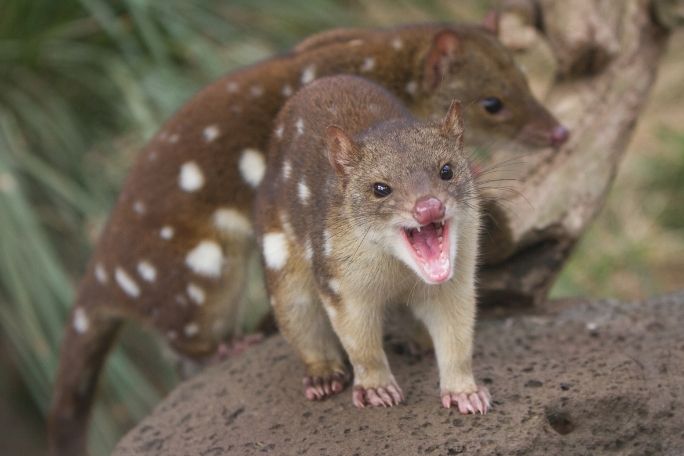Lesson summary
Students are asked to invent their own animal using their knowledge of the features that animals have.
Learning intentions:
Students will...
- understand that animal features can be used to interpret how animals live.
Lesson guides and printables
Curriculum links
Select your curriculum from the options below.
Lesson details
Curriculum mapping
Australian Curriculum content descriptions:
Years 1 & 2 Visual Arts:
- Explore ideas, experiences, observations and imagination to create visual artworks and design, including considering ideas in artworks by Aboriginal and Torres Strait Islander artists (ACAVAM106)
- Use and experiment with different materials, techniques, technologies and processes to make artworks (ACAVAM107)
- Create and display artworks to communicate ideas to an audience (ACAVAM108)
Year 1 Science:
- Living things have a variety of external features (ACSSU017)
Year 1 English:
- Use comprehension strategies to build literal and inferred meaning about key events, ideas and information in texts that they listen to, view and read by drawing on growing knowledge of context, text structures and language features (ACELY1660)
Year 2 English:
- Use comprehension strategies to build literal and inferred meaning and begin to analyse texts by drawing on growing knowledge of context, language and visual features and print and multimodal text structures (ACELY1670).
Year 2 Science:
- Respond to and pose questions, and make predictions about familiar objects and events (ACSIS037).
Syllabus Outcomes: ST1-10LW, EN1-4A, EN1-4A, ST1-4WS, VAS1.1, VAS1.2.
Indoor or outdoor activity: Indoor
Time required: 45 mins
Level of teacher scaffolding: Lead students in a discussion around animal features, making notes on the board.
Resources required
- Art materials
Additional info
This is an original Cool.org lesson. Facts and figures in these lessons may have changed since this lesson was published. We always endeavour to update our resources in a timely manner, but if you see an error or issue in our resources please get in touch with us.


Welcome back!
Don't have an account yet?
Log in with:
Create your free Cool.org account.
Many of our resources are free, with an option to upgrade to Cool+ for premium content.
Already have an account?
Sign up with:
By signing up you accept Cool.org's Terms and Conditions(Opens in new tab) and Privacy Policy(Opens in new tab).